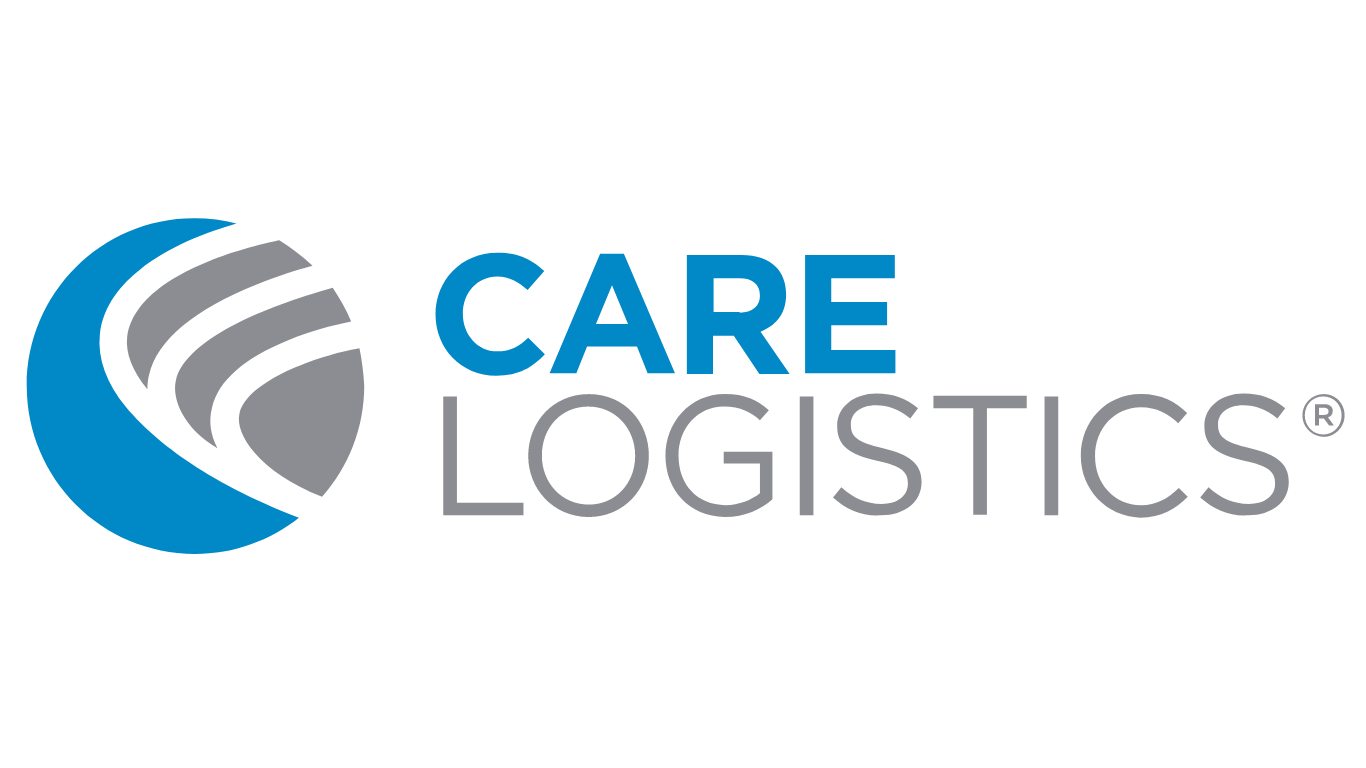Beyond CQI…
Originally written: May 20, 2016 by Kristie Huff
How Patient-Centered Care and Efficiency Go Hand-in-Hand
Hospital administrators are finding that true continuous quality improvement (CQI) requires a radical change in thinking.
For decades, automakers, the packaging industry and the airline industry have created better products, improved processes and greatly increased user satisfaction by adopting the principles of CQI—which, simply put, means constantly looking at our processes and asking ourselves, “Can we do it better”?
CQI principles have been applied to the delivery of healthcare with great success. Hospitals have created and employed myriad mechanisms for all staff members/personnel to continually improve existing processes. But hospital leaders and administrators know that even after decades of dutifully applying the principles of CQI to improving delivery of care, the patient’s journey from admission to discharge is still all too often filled with missed opportunities for a speedier journey through the system and better care overall.
Administrators at leading hospitals are finding that, in some cases, CQI means adopting an entirely new model of delivery. They are also finding that the most efficient way to deliver care is also the most patient-friendly. Let me explain.
The Wisdom of Patient-Centered Care
Three decades of experience in the healthcare industry have taught me that providing exceptional, cost effective care benefits both the hospital and patient. But I’ve also learned that providing superior care starts with the patient. As we shift from fee-for-service to value-based care, we’re looking to capture savings in every imaginable nook and cranny. But ironically, the most cost-effective way to deliver care is to attend to the entire system, with a focus on the patient. When you focus on the patient, everything else falls into place; here’s why.
What Do Patients Want?
Patients want smooth, efficient care. They want a safe, friendly environment. They want to know what’s going on, to be treated as individuals, and to be treated with respect. They want staff to know who they are, and they don’t want to have to tell their story over and over. They want to be placed in the correct unit, and for that unit to have sufficient staff to attend to their needs. They want to be safe from medical errors and they want to get home as soon as possible. I am, of course, describing the perfect patient experience, but I think that experience is attainable.
How Focusing on the Patient Improves the Bottom line
The secret to creating this Utopian patient experience lies in boosting efficiency. I’ve watched hospitals adopt changes large and small, all aimed at increasing efficiency, that also dramatically improved the patient’s experience. Some of these changes include moving from a linear to a centralized hub-and-spoke system—a bit like an air traffic control center–that is designed to monitor the activity of every patient electronically throughout the hospital. All of this is made possible by cutting-edge navigation and location sensing technology that tracks patients, beds, transport, labs and procedures, so that patients move smoothly from ED and admission to discharge, with maximum speed and efficiency.
This system might include shifting some staff into “care coordinator” roles. These staff follow the patient from ED to discharge, constantly communicating with the patient and assuring quick transition at all stages of care. These changes in process, staff roles and technology all move the patient through the system far more quickly.
Changing the Culture
Orchestrating successful travel of a patient through the entire spectrum of care requires ongoing accurate communication between departments and units, adequate staffing at all junctures, and transparency on where the patient, caregiver, beds and other resources are at all times. And making all this happen this requires a cultural shift.
Management and staff must embrace “patient first” mindset. For staff, this might mean a change in roles or it might mean embracing new technology and new ways of doing things. No one, me included, loves change. That’s human nature. So we need to first embrace change ourselves and then communicate top-down support for patient-centered care. We also need to listen to staff. What barriers are they experiencing that is impeding their ability to deliver patient-centered care? How can we help them deliver better care?
In the end, improving efficiency benefits everyone. Physicians, nurses and technicians have more time to care for patients. Length-of-stay decreases. Patients receive better care and have a better hospital experience. It’s a win-win strategy all around. OR, It’s not exactly Utopia, but it’s getting there.
This blog originally appeared on The Health Care Blogs' website.
